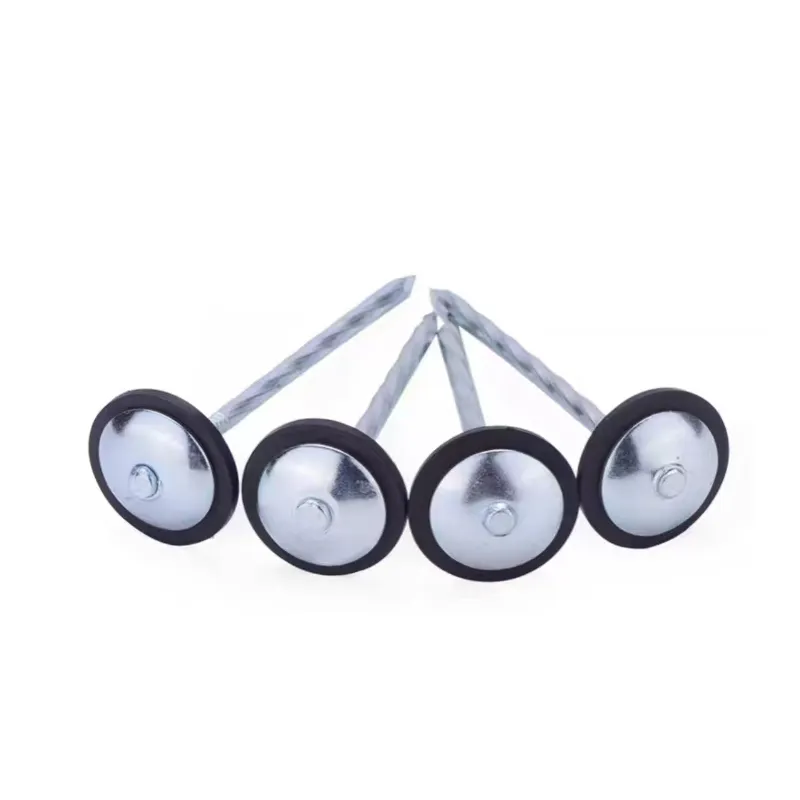Nov . 13, 2024 12:20 Back to list
roof tile nails
The Importance of Roof Tile Nails Ensuring Durability and Security
Roofing is a critical aspect of any construction project, providing shelter and protection from the elements. Among the various components of a roofing system, roof tiles play a significant role in safeguarding buildings. However, the effectiveness of these tiles largely depends on the quality and type of nails used in their installation. Roof tile nails are essential for securing tiles to the roof structure, ensuring durability, weather resistance, and overall safety.
Understanding Roof Tile Nails
Roof tile nails are specialized fasteners designed specifically for attaching roof tiles to a roof deck. They come in various sizes, materials, and designs, depending on the type of roofing material and local building codes. Common materials used for roof tile nails include stainless steel, galvanized steel, and copper. Each material offers different levels of corrosion resistance, which is crucial for longevity, especially in areas with harsh weather conditions.
The design of roof tile nails often includes a larger head to prevent the tiles from slipping and to distribute the load more evenly. Additionally, some nails are equipped with special coatings that enhance their ability to withstand the elements, making them ideal for coastal or humid environments.
Choosing the Right Nails for Your Roof
When selecting roof tile nails, it is important to consider the specific needs of your roofing project. For instance, using nails that are too short may not provide adequate holding power, while excessively long nails can penetrate too deeply, potentially causing damage to the underlying structure. Furthermore, local building codes may dictate specific nail types and installation practices to ensure safety and compliance.
roof tile nails

Asphalt shingles, clay tiles, and concrete tiles each require different nail types and techniques. For asphalt shingles, roofing nails with a wide, flat head are recommended to create a secure seal. In contrast, clay and concrete tiles often require heavier, more robust nails that can withstand the weight and stress that these materials impose.
The Role of Proper Installation
The proper installation of roof tile nails is just as important as their selection. Incorrectly installed nails can lead to a variety of problems, including leaks, lifted tiles, and premature wear. It is essential that nails are driven in straight and to the appropriate depth without overdriving, which can damage the tile or the underlying roofing material.
In addition to the placement and technique, the spacing of the nails is also crucial. Most roofing guidelines recommend a specific number of nails per tile based on the tile type and local weather conditions, such as wind resistance requirements. Following these guidelines helps ensure that the roof can withstand extreme weather, such as storms and heavy snowfall.
Conclusion
In summary, roof tile nails are a vital component in ensuring the longevity and functionality of a roofing system. The right selection, proper installation, and compliance with building codes are key factors that contribute to the overall performance of roof tiles. Investing time and care into choosing and installing the right nails will not only enhance the aesthetic appeal of the roof but will also protect the home from potential damage. By recognizing the importance of roof tile nails, homeowners and builders can ensure a secure, durable, and weather-resistant roof that will endure for years to come.
-
The Role of Field Wire Fence in Grassland Conservation
NewsJul.15,2025
-
Stainless Steel Razor Wire Durability in Coastal Environments
NewsJul.15,2025
-
Enhancing Home Security with Mesh Fences
NewsJul.15,2025
-
Diamond Mesh Wire for Small Animal Enclosures
NewsJul.15,2025
-
Common Wire Nail Tensile Strength Testing for Woodworking
NewsJul.15,2025
-
Barbed Wire Corrosion Resistance Galvanization Techniques
NewsJul.15,2025









